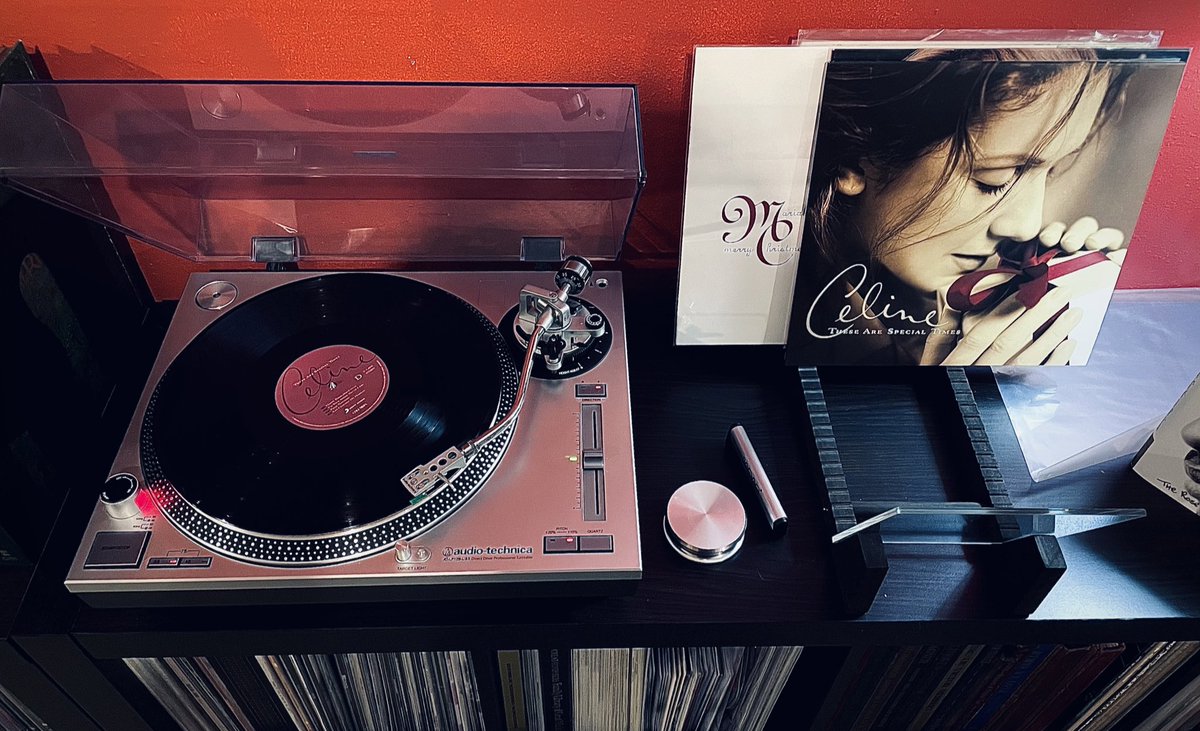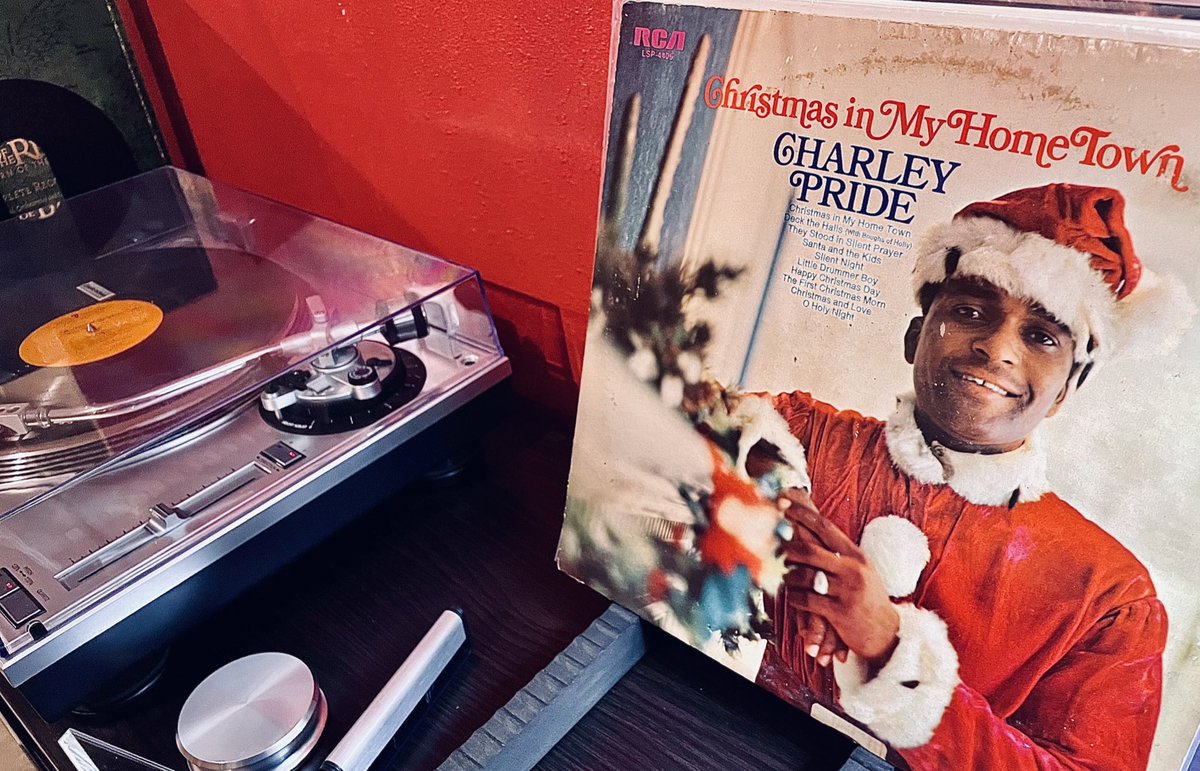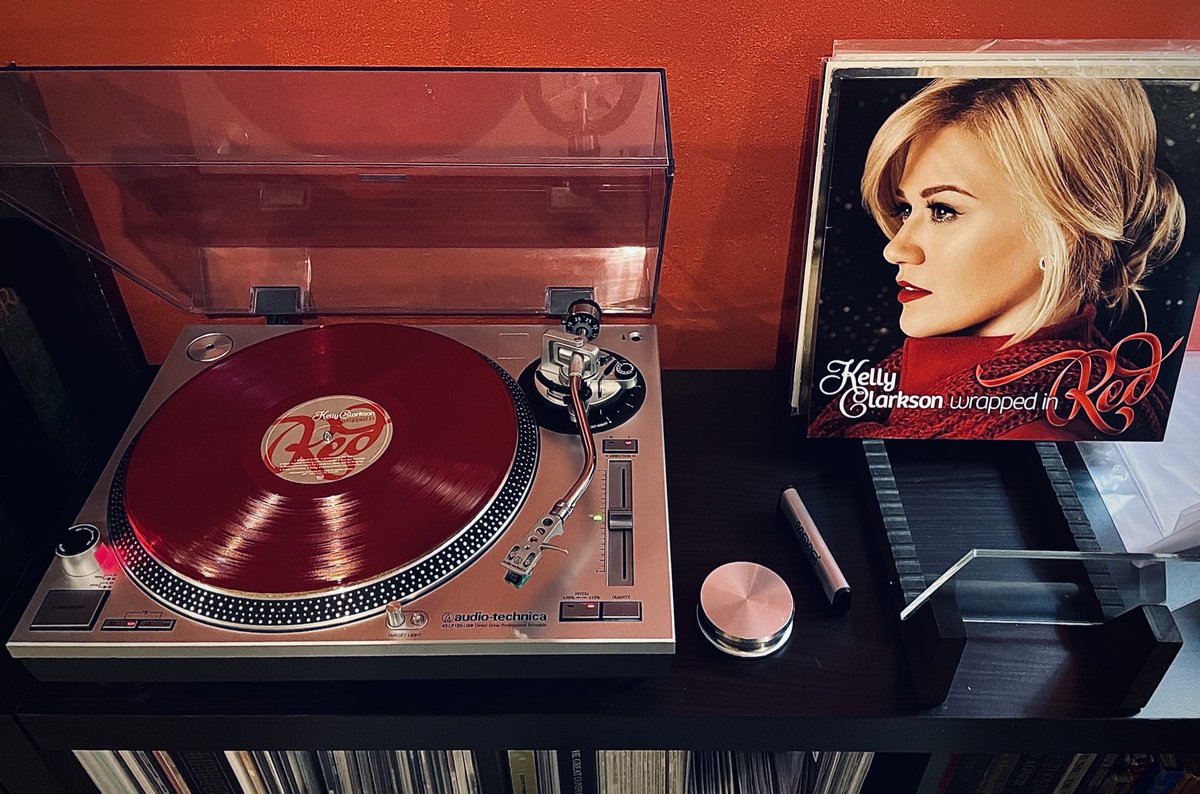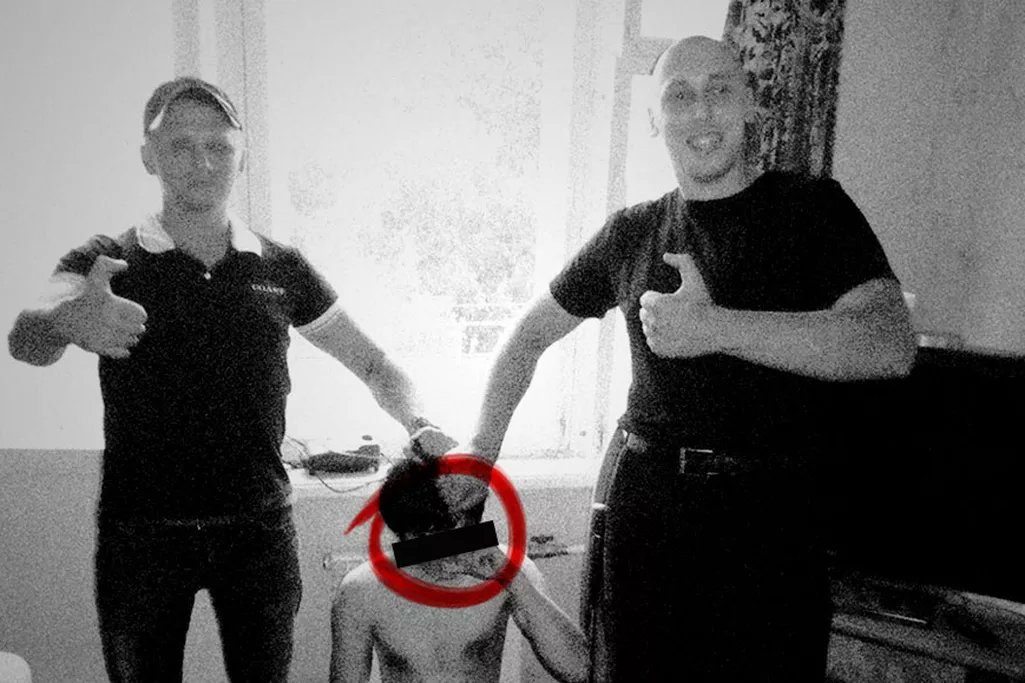O Holy Night is an abolitionist Christmas song (written by Adolphe Adam in 1847, translated to English by unitarian John Sullivan Dwight). https://t.co/4UrhkTB7Uf
Listening to Christmas albums on vinyl as @wspittman wrap gifts and get ready for Christmas morning.
First up: @celinedion's "These Are Special Times." #Christmas

O Holy Night is an abolitionist Christmas song (written by Adolphe Adam in 1847, translated to English by unitarian John Sullivan Dwight). https://t.co/4UrhkTB7Uf
🎶 Truly He taught us to love one another
His law is love and His gospel is peace
Chains shall He break, for the slave is our brother
And in His name, all oppression shall cease 🎶 https://t.co/4UrhkTB7Uf
Luke 4:18-19:
“He has anointed me to proclaim good news to the poor, to proclaim liberty to the captives and recovering of sight to the blind, to set at liberty those who are oppressed." https://t.co/ymPGBrjmpV
That massive record weight to the right of the turntable looks an awful lot like a grinder. https://t.co/z9DHtKcLJh
— William Pittman will get vaccinated. (@wspittman) December 25, 2020
Charley Pride was the first Black country music superstar. And his hometown was Sledge, Mississippi.

He grew up going to a segregated school and picked cotton in Sledge, MS, to buy his first@giitar.
He died of #COVID19 earlier this month. I wrote about him for @MSFreePress: https://t.co/tpMANJ0foF
But she also has some good, original,!soulful Christmas songs on here that fit her voice perfectly, too.

More from Culture
One of the authors of the Policy Exchange report on academic free speech thinks it is "ridiculous" to expect him to accurately portray an incident at Cardiff University in his study, both in the reporting and in a question put to a student sample.
Here is the incident Kaufmann incorporated into his study, as told by a Cardiff professor who was there. As you can see, the incident involved the university intervening to *uphold* free speech principles:
Here is the first mention of the Greer at Cardiff incident in Kaufmann's report. It refers to the "concrete case" of the "no-platforming of Germaine Greer". Any reasonable reader would assume that refers to an incident of no-platforming instead of its opposite.

Here is the next mention of Greer in the report. The text asks whether the University "should have overruled protestors" and "stepped in...and guaranteed Greer the right to speak". Again the strong implication is that this did not happen and Greer was "no platformed".

The authors could easily have added a footnote at this point explaining what actually happened in Cardiff. They did not.
This is ridiculous. Students were asked for their views on this example and several others. The study findings and conclusions were about student responses not the substance of each case. Could\u2019ve used hypotheticals. The responses not the cases were the basis of the conclusions.
— Eric Kaufmann (@epkaufm) February 17, 2021
Here is the incident Kaufmann incorporated into his study, as told by a Cardiff professor who was there. As you can see, the incident involved the university intervening to *uphold* free speech principles:
The UK govt\u2019s paper on free speech in Unis (with implications for Wales) is getting a lot of attention.
— Richard Wyn Jones (@RWynJones) February 16, 2021
Worth noting then that an important part of the evidence-base on which it rests relates to (demonstrably false) claims about my own institution
1/https://t.co/buoGE7ocG7
Here is the first mention of the Greer at Cardiff incident in Kaufmann's report. It refers to the "concrete case" of the "no-platforming of Germaine Greer". Any reasonable reader would assume that refers to an incident of no-platforming instead of its opposite.

Here is the next mention of Greer in the report. The text asks whether the University "should have overruled protestors" and "stepped in...and guaranteed Greer the right to speak". Again the strong implication is that this did not happen and Greer was "no platformed".

The authors could easily have added a footnote at this point explaining what actually happened in Cardiff. They did not.
You May Also Like
Took me 5 years to get the best Chartink scanners for Stock Market, but you’ll get it in 5 mminutes here ⏰
Do Share the above tweet 👆
These are going to be very simple yet effective pure price action based scanners, no fancy indicators nothing - hope you liked it.
https://t.co/JU0MJIbpRV
52 Week High
One of the classic scanners very you will get strong stocks to Bet on.
https://t.co/V69th0jwBr
Hourly Breakout
This scanner will give you short term bet breakouts like hourly or 2Hr breakout
Volume shocker
Volume spurt in a stock with massive X times
Do Share the above tweet 👆
These are going to be very simple yet effective pure price action based scanners, no fancy indicators nothing - hope you liked it.
https://t.co/JU0MJIbpRV
52 Week High
One of the classic scanners very you will get strong stocks to Bet on.
https://t.co/V69th0jwBr
Hourly Breakout
This scanner will give you short term bet breakouts like hourly or 2Hr breakout
Volume shocker
Volume spurt in a stock with massive X times






















